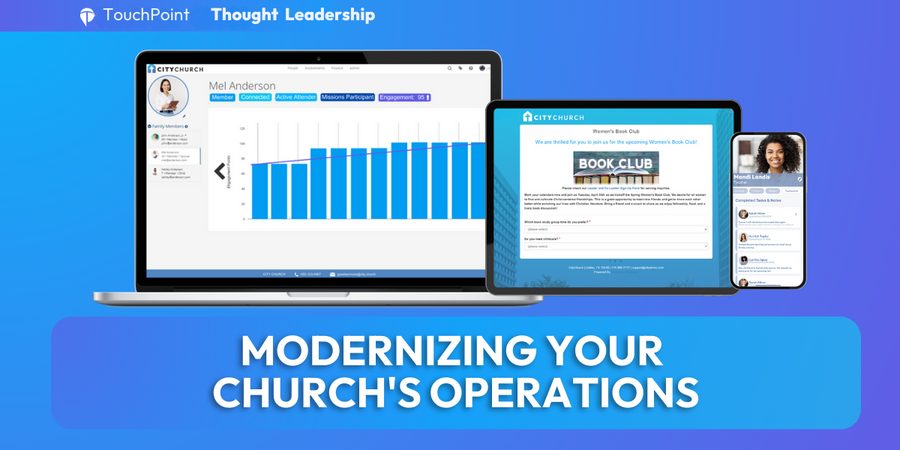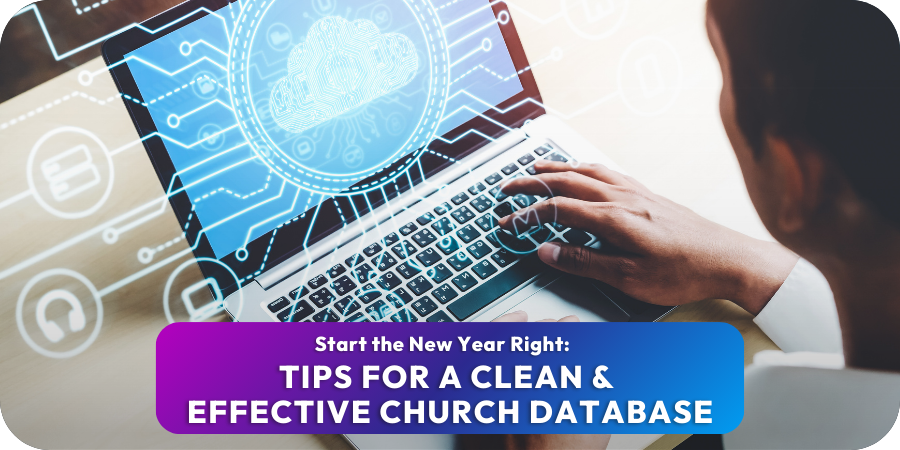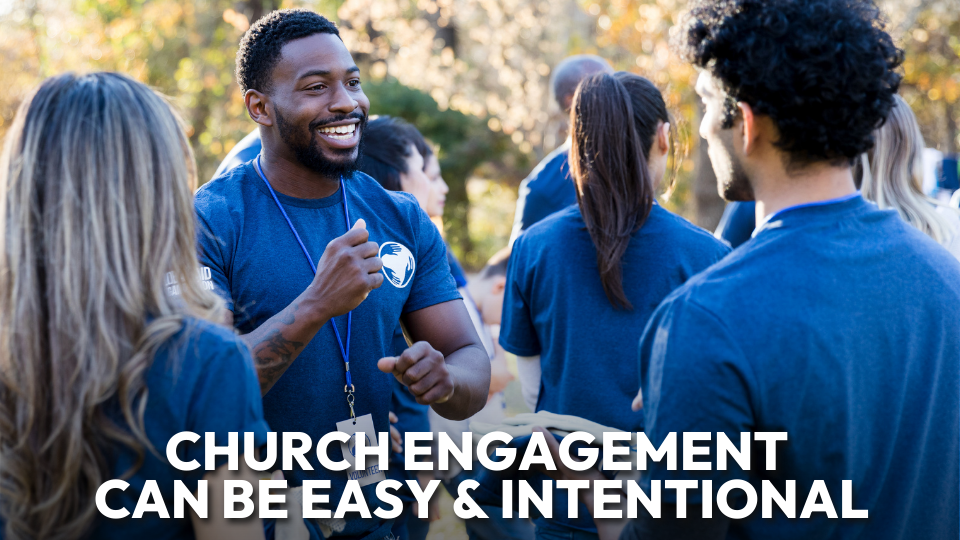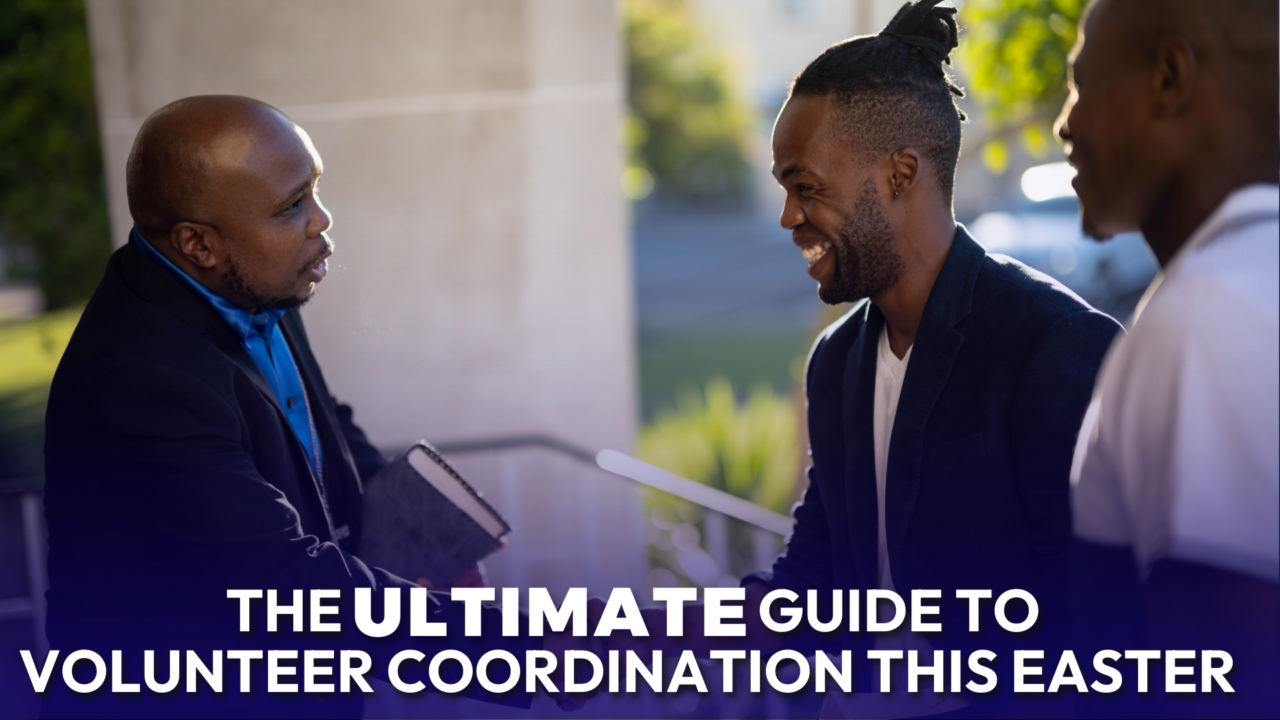“To the people we’re saying, you know, it’s a family, but as a large church, we need to make that real and make that true. And the way you make a large church small is to connect people together.” — Matt Keathley, Director of IT, Highland Park United Methodist Church
You know people are attending your church. The parking lot fills up, the children’s check-in area is hopping, and the worship center feels alive on Sundays. But here’s the lingering question: are they really connecting?
In larger churches, it can become more difficult to tell how connected people really are. Some attenders stay on the fringes, never moving beyond Sunday mornings. Others disappear without anyone realizing it until months later. As church leaders, we carry the responsibility of making sure our people aren’t just showing up but are truly growing as disciples. The challenge? The path from first-time guest to fully engaged disciple often feels fuzzy and difficult to measure.
The good news: with the right data, even large churches can see where people are on their discipleship journey — and guide them to take their next faith step with confidence.

Why Measuring Church Engagement Matters
At the heart of every church is the Great Commission: “Go and make disciples.” (Matthew 28:19) But somewhere between Sunday attendance and maturing as a fully devoted follower of Jesus Christ, people slip away.
Research shows that 82% of people who drop out of church do so within their first year. The most critical moments come at the six-month and twelve-month marks, when newcomers are still deciding if they belong. Without visibility, leaders often don’t realize a family has fallen away until it’s too late (ChurchAnswers.com).
Attendance alone doesn’t tell the story. Healthy churches are built on connected disciples — people who are involved in community, serving in ministry, and investing in the mission. Leaders need a way to track that journey, so that nothing gets lost in the busyness of ministry. Not having actionable data is like leading a fleet of ships in the fog — you’re moving forward, but you don’t know who’s drifting off course.
A Flexible Church Discipleship Pathway
Every church tradition has its own language for the discipleship journey. Baptists and nondenominational churches often use Next Steps or Growth Track classes before membership. Methodists emphasize membership vows (prayers, presence, gifts, service, witness). Catholic parishes typically focus on parish registration and sacramental milestones as the on-ramp to deeper involvement.
The specifics vary, but the journey tends to follow the same broad movements of engagement. Here’s a flexible pathway that can be adapted to your context:
- Curious – Spiritually curious but unconnected. May visit a church website, watch a livestream, or be invited to an event.
- Guest – First-time or infrequent visitor. They’re testing the waters and observing the culture.
- Attender – They come regularly for church services but aren’t yet plugged in. They’re spiritually open, but not yet relationally invested.
- Membership / Next Steps / Parish Registration – Depending on tradition, this could be a Next Steps class, a membership covenant, parish registration, or participation in sacramental preparation.
- Engaged – They’ve joined a small group, started attending classes or volunteering, and are starting to identify with the mission of your church.
- Committed – Giving financially and leading (a group or serve team), these are your core people. They’re invested in the health of the church.
- Kingdom-Minded – Living out their faith beyond the church walls—multipliers, mentors, missionaries, legacy givers.
The order may shift slightly depending on your church’s structure, but the principle is the same: people move from initial attendance to commitment to ownership.
The key for leaders is recognizing these milestones in your context and ensuring you have visibility into who is taking those steps (and who isn’t).
How Data Supports Church Discipleship
Without data, leaders are left with guesswork and anecdotal stories. With data, you can track movement clearly. Here’s how it breaks down:
- Attendance Data – Who is showing up, how often, and who has stopped
- Group Involvement Data – Which individuals are connected beyond Sunday worship
- Volunteer Data – Where people serve, how consistently, and for how long
- Giving Data – Whether someone has begun to invest financially in your mission
This isn’t about reducing people to numbers. It’s about using visibility to shepherd more effectively. Data gives pastors and leaders the early warning signs — when a family misses three Sundays in a row, when a consistent giver stops tithing, when a faithful volunteer suddenly steps back. With that clarity, churches can step in relationally before someone drifts away entirely.

Building A Discipleship Dashboard For Your Church
Imagine you’re looking at your church’s year in review. You start with 1,500 visitors:
1,000 of them return within a few weeks.
600 eventually take a membership or Next Steps class.
400 join a small group or ministry circle.
300 begin serving regularly.
200 begin giving consistently.
That’s a funnel. And with that funnel, you can see your strengths and opportunities. Maybe your church is great at welcoming guests but struggles to transition them into community. Or maybe groups are thriving, but fewer people are moving into volunteering.
A simple dashboard can make these ministry gaps clearer. The point isn’t to obsess over percentages. It’s to identify barriers in your church discipleship process and empower ministry teams to address them.
A Scenario: How To Turn Data Into Decisions
Imagine a large church evaluating its discipleship funnel and noticing a major drop-off between group involvement and volunteering. Thousands are connected socially through classes and small groups, but far fewer are serving.
With that clarity, the leadership team could create a “Next Step Sunday,” where group leaders introduce serving opportunities that fit naturally with group rhythms. Over the next six months, it’s realistic to expect that hundreds of people from existing groups might step into a volunteer role.
Without data, that barrier would remain invisible. With data, leaders can respond strategically — and the church becomes healthier as a result.

The Role of Leadership in Building Healthy Church Discipleship Systems
No pastor or staff member can disciple every person personally. But leaders can help build healthy systems that make sure that no one goes unnoticed.
The unique role of leadership is to connect strategy to ministry and data to discipleship. When those pieces come together, staff and volunteers can engage relationally with clarity and confidence.
When you have visibility, you can lead with peace of mind — knowing your church isn’t just attracting attenders but truly making disciples.
Clarity Creates Confidence
Guests don’t become disciples by accident. They become disciples when churches intentionally guide them through the journey — from first-time guest to fully-engaged servant and giver.
But here’s the truth: you can’t guide what you can’t see.
By mapping the church discipleship path and measuring engagement data, churches can ensure fewer people slip through the cracks and more people find their place in God’s mission.
Don’t let the pathway stay fuzzy. Map it. Measure it. Use it to shepherd your people more intentionally.













